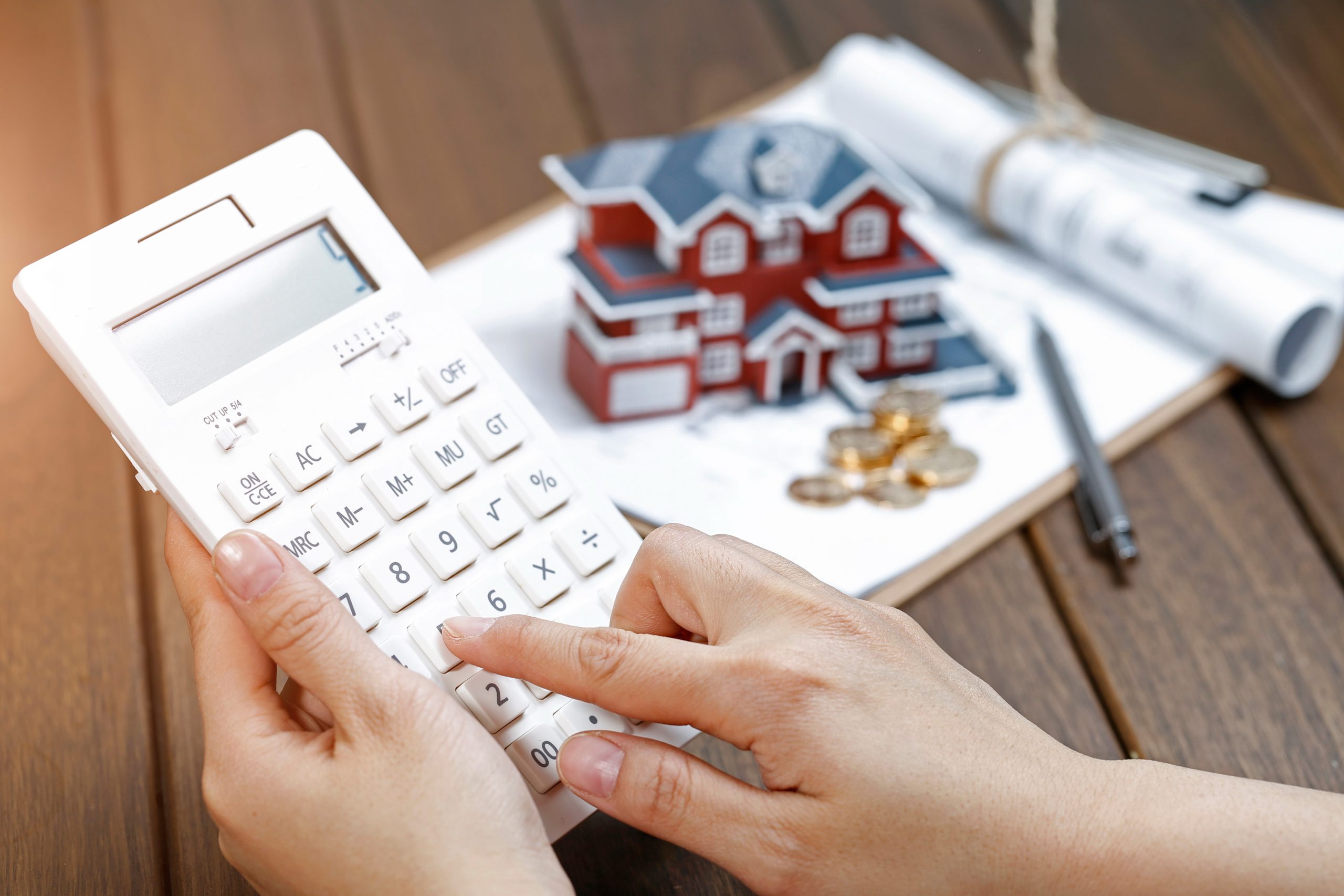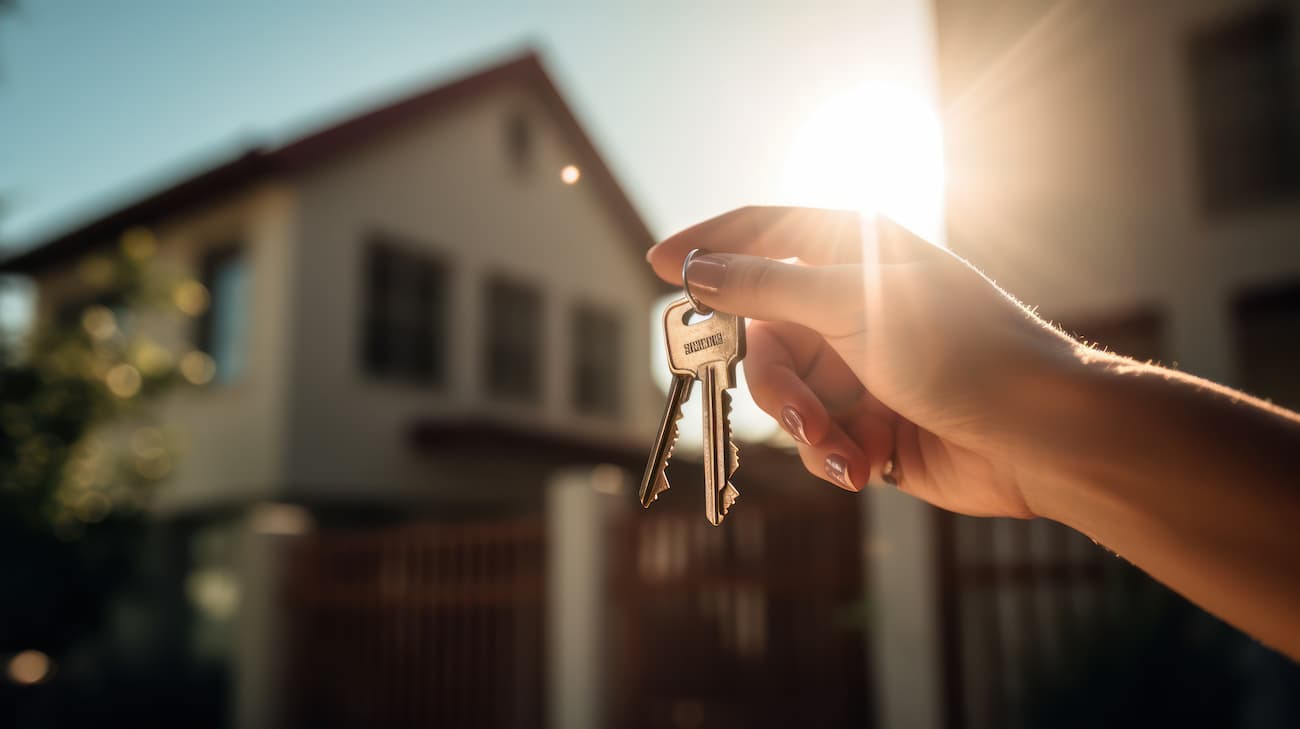What is rental yield and how is it calculated?

Lots of people buy a property to rent it out. This can provide an extra source of income as “the house pays for itself”. However, you need to calculate the rental yield before buying the property. Here’s a rundown of everything you need to know if you’re looking to buy-to-let.
How is rental yield calculated?
Buying a property entails a number of expenses that go beyond simply paying the asking price. Not only does the mortgage have to be paid, there are also taxes and notary fees, such as formalising the deed of sale. Buy-to-let is becoming an increasingly popular option.
Broadly speaking, people who buy-to-let already own a property and are looking for extra income. What’s more, people also tend to think ahead and buy homes in up-and-coming areas or tourist spots, with the aim of moving there post-retirement.
But for the business to be successful, the rental yield needs to be calculated. In other words, to be able to pay for the property (when a mortgage is taken out) and to be able to make a return on the investment. This yield is calculated not only to recoup the investment, but also to make some extra profit. How is rental yield calculated?
Before buying a property, the rental yield of the apartment or property needs to be calculated. These calculations are not an exact science. The yield, expressed as a percentage, gives you an insight into the relationship between the purchase price and the amount obtained from renting it out. The straightforward formula is a benchmark measure used by the Bank of Spain:
- Yield = Rental income/purchase price x 100.
In other words, the yield is the ratio between the rental income to the purchase price, multiplied by 100. For example, a property that costs €120,000 and is rented at €370 per month has an annual yield of 3.7%.
However, when it comes to knowing the real value of the operation, then the net rental yield needs to be calculated. To do this, the property-related costs that aren’t included in the rent charged need to be taken into account. In other words, home insurance and taxes. To calculate this, add 10% to the purchase price of the property (€120,000 euros), to cover the estimated annual expenses.

What is a good rental yield?
Beyond mathematical formulas, you need to ascertain the rental yield by taking into account other factors such as a mortgage. A few important things are linked to this:
- Cashflow. The net amount over a set period of time left by the purchase of a property when rented out.
- ROI. This is the percentage that measures the return on investment over the course of a year.
- PER. These are the number of years it takes to pay for the property by renting it out.
How do you know if your property is worth renting out? You should take into account the quarterly data published by the Bank of Spain in this regard. The Bank of Spain takes into account the rental yield and the increase in the rental price or capital gains. So, in the last quarter of 2022, the yield stood at 6.34%. This figure rose to 6.5% in December. In figures, rental yield is said to have reached €11,329 in gross terms per year in the last quarter of 2022. Is this a good yield for you?

Although these are official figures published by the Bank of Spain, remember that each case and property is different. So, it’s important to consider whether or not the property has a mortgage because, if it does, this reduces the yield. Similarly, the costs associated with the property (insurance, taxes) are also a determining factor when calculating a good yield.
Where can you get the best rental yield?
With these figures in mind, you should also remember that, as well as the mortgage, another determining factor is where you rent a property. Buying and renting out a house in a holiday hotspot, that you can only make the most of during the high season, is different to renting in a city such as Madrid or Barcelona.
Surprisingly, the big cities are where it’s most difficult to make back the initial investment (Madrid, Barcelona, Valencia, San Sebastian). Although they’re bustling cities, be aware that there’s no shortage of properties on offer. This isn’t the case in, for example, Lleida, Huelva, Murcia, Tenerife or coastal towns in Galicia. Here it’s much easier to make back your initial investment.


